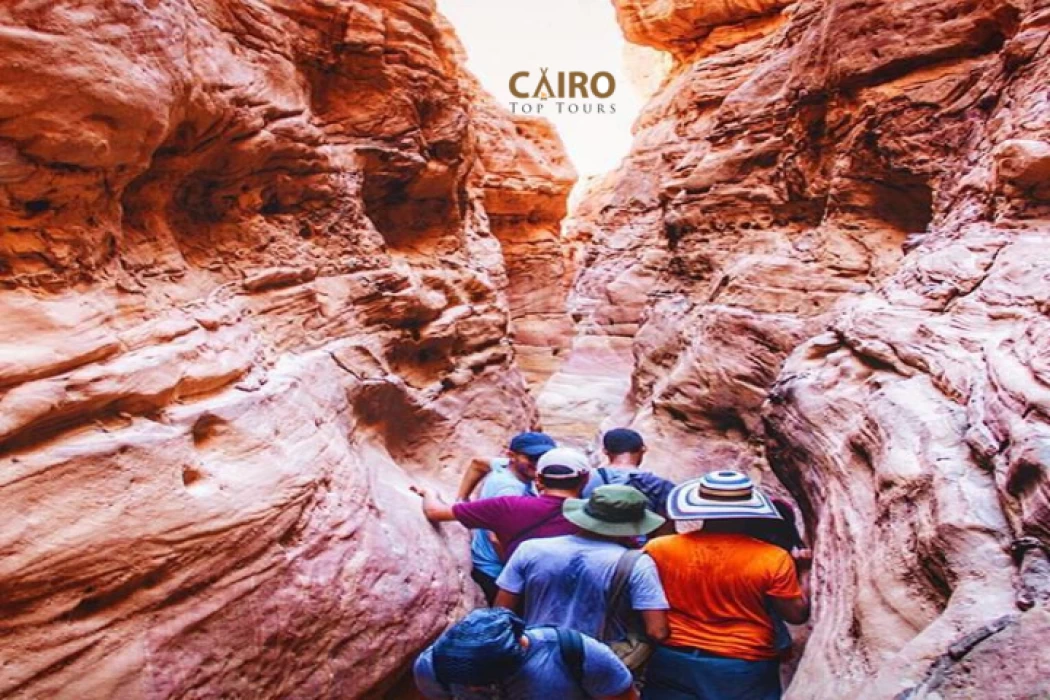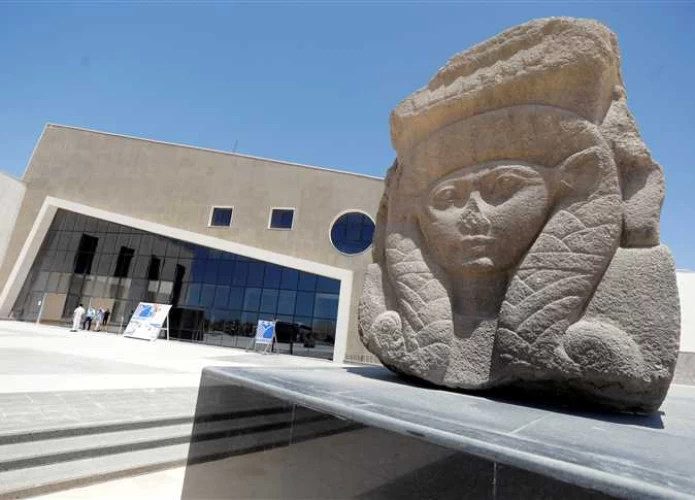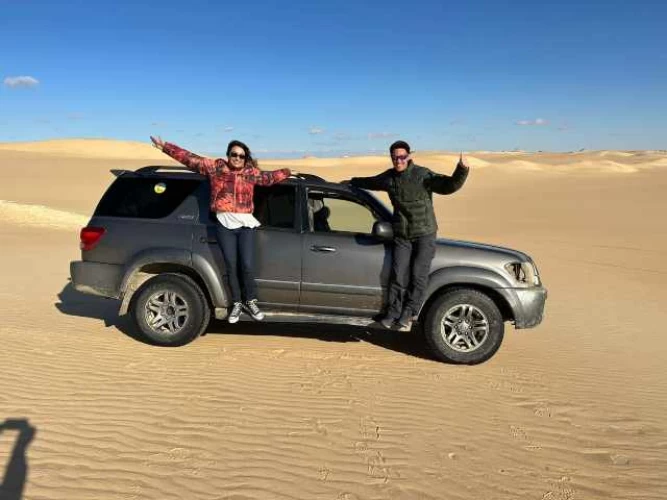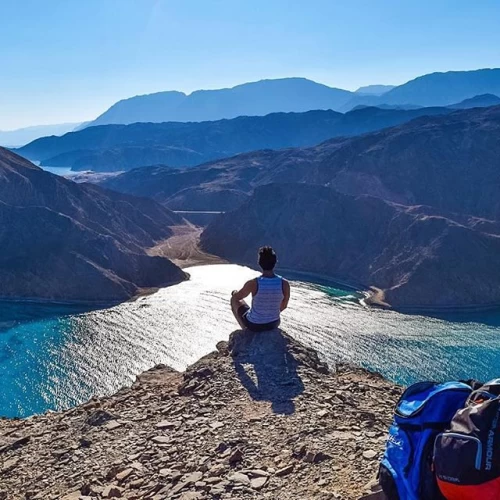
Sinai Peninsula
The Sinai Peninsula, commonly known as Turquoise Land, is a triangular desert area that attracts a wide variety of tourists visiting Egypt. Located in the northeastern part of the Arab Republic of Egypt, it is the sole region of the country that is geographically linked to Asia. Spanning approximately 60,000 square kilometers (23,000 square miles) and housing around 1,400,000 inhabitants, it represents 6% of Egypt's overall land mass. The peninsula is flanked to the north by the Mediterranean Sea and to the west by the Gulf of Suez. Administratively, Turquoise Land is divided into two governorates: South Sinai and North Sinai, along with three additional governorates situated along the Suez Canal.
A notable ridge runs along the southern edge of the Sinai Peninsula, creating a prominent horseshoe formation. It is estimated that the Sinai desert receives more than 1.6 million acres (approximately 2 billion cubic meters) of water annually from local rainfall. About one-quarter of this water flows over the surface as a significant stream, while a comparable amount seeps into underground reservoirs, providing excellent prospects for water conservation. The region is adjacent to African Egypt, with the Port Said Governorate to the north, Ismailia Governorate in the central area, and Suez Governorate at the southern end of the Suez Canal.
The Sinai Peninsula has been occupied since prehistoric times, with the earliest known references tracing back to 3000 B.C. during the initial dynastic periods of the 1st and 2nd dynasties in Egyptian history. The term "Sinai" appears to have been acknowledged early on, possibly deriving from the name of one of the oldest religious groups in the Middle East, linked to lunar worship. Its strategic position, which overlooks contemporary regions such as Syria, Lebanon, Jordan, Israel, and Palestine, has enabled cultural interactions and has also been a source of numerous conflicts between Egypt and its neighboring nations. Historically, the northern coastline of Sinai has functioned as a crucial trade route connecting Egypt and Palestine for many centuries.
During the early Christian period, Mount Sinai in Egypt became a sanctuary for many hermits and ascetics, particularly in the mountainous southern regions. In 530 A.D., Byzantine Emperor Justinian I commissioned the construction of the Monastery of Saint Catherine on the slopes of Mount Sinai. This establishment emerged as a central hub for Christian communities in the area and became a prominent pilgrimage site during the Middle Ages. However, conditions in Sinai deteriorated, rendering travel increasingly difficult after Egypt gained independence from direct Turkish rule in the early nineteenth century. Al-Arish also experienced conflict between Turkish and British forces during World War I, and following the war, Sinai came under Egyptian administration.
In 1956, Israel initiated a military operation and subsequently occupied the Sinai Peninsula, an event that is known in Egypt as the Triple Aggression due to the concurrent participation of the United Kingdom, France, and Israel. However, on October 6, 1973, Egyptian forces achieved a significant victory over Israel, resulting in heightened conflicts in the northeastern region of the peninsula during the wars of 1956, 1967, and 1973. Following the peace treaty established between Egypt and Israel in the late 1970s, the Sinai Peninsula was returned to Egyptian sovereignty. The 1979 peace agreement facilitated Israel's withdrawal from the Sinai Peninsula, with the exception of the disputed Taba area, which was returned to Egypt following a court decision in 1989.
Sinai has become a notable tourist attraction, celebrated for its breathtaking natural scenery, vibrant coral reefs, and rich historical significance. Mount Sinai is particularly recognized as one of Egypt's most esteemed religious sites. As of January 2013, the region has a population of approximately 597,000 residents. The Suez Canal is bordered by three additional governorates that extend into the African part of Egypt: Suez (el-Sewais) at the southern end, Ismailia (el-Isma'ileyyah) in the center, and Port Said to the north.
Arish, recognized as the largest city in Sinai and serving as the capital of North Sinai, has a population of around 160,000 residents. Other significant urban areas include Sharm el-Sheikh and El-Tor, both located along the southern coast. The interior region of Sinai is marked by arid, desert-like conditions, rugged mountains, and a low population density, with the main settlements being Saint Catherine and Nikhil.


















